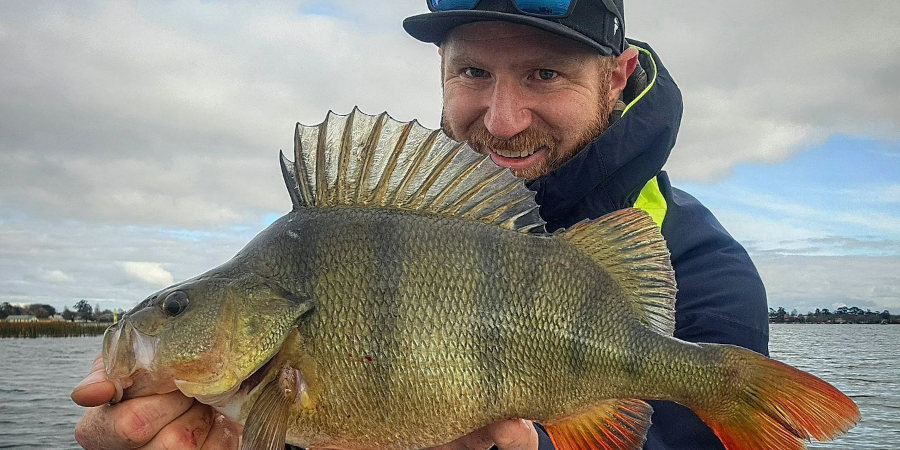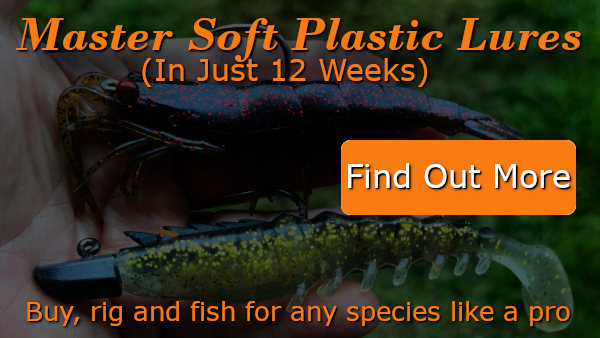The Fish’s Sense Of Smell
- The small holes on the snout of most fish are called “nares” and are the equivalent of human nostrils. In the human olfactory system air flows in and out of both nostrils and the nasal cavities connect with the throat. In fish, water flows through the olfactory system in one direction and there is no connection to the throat. This increases the sensitivity of their sense of smell.
- For a human to smell something it must be airborne as molecules (ie gas), droplets or particles that enter the nostrils. For a fish to smell something, it must be dissolved or carried on small particles in the water that enters the nares.
- Many substances that anglers suspect deter fish from biting lures (eg insect repellant, sunscreen, fuel) are not water soluble, which greatly reduces the chances of them getting into the fish’s olfactory system. In other words, they can be very hard for fish to detect. Included in the hard to detect category are fish and crustacean oils often used in burley or as attractants.
- Fish often have an extremely sensitive sense of smell when it comes to the minerals in water, which is how migratory species smell their way back to spawning grounds.
- Most are also super-sensitive to the smell of amino acids (proteins) and bile acids (digestive byproducts), both of which can be an indicator of recent feeding activity.
- Greg’s personal view is that adding scent to a lure probably makes a significant difference to the strike rate, and there are probably not too
The Fish’s Sense Of Taste
- Most fish species have few taste buds in their actual mouths, so once a bait or lure has been eaten they don’t taste it.
- Taste buds tend to be clustered around the face, lateral line, fins and barbels of most fish, so they can actually taste whatever they touch, or even get close to. This probably means that fish, I like humans, use taste to find and identify food items before they take them into their mouths.
- Fish can have more tastebuds than humans too, though they are probably less fussy about how something tastes than we are!

Greg "Doc Lures" Vinall
Podcast Host, Lure Maker, Scientist, Educator
Soft Plastic Lure Fishing Hacks 101 With Greg Vinall
EPISODE # Check out our archives for more information on Botany Bay Fishing Spots!Fishing with soft plastic lures can be incredibly rewarding if you know how to use them effectively. With over 25 years of experience, I've picked up a range of tips and tricks that can...

Advanced Soft Plastic Techniques With Rory Benn-Clibborn
This interview with Rory Benn-Clibborn is EPISODE 679. Check out our archives for more information on Lure Fishing In Australia!In this masterclass, I chat with Rory Benn-Clibborn from Perch Palm Lures about various advanced techniques for fishing with soft plastic...

Mastering Stealth: Techniques for Fishing in Pressured Waters
In today’s episode we’re exploring the five top tips for catching fish in waterways that cop a lot of fishing pressure.


0 Comments